 If you have a water leak or some other plumbing emergency, you need to know how to shut off the water in your home to prevent too much damage. This means finding your main water shut-off valve, something that seems easy but can be difficult if you’re running around in a panic while water is gushing from a burst pipe.
If you have a water leak or some other plumbing emergency, you need to know how to shut off the water in your home to prevent too much damage. This means finding your main water shut-off valve, something that seems easy but can be difficult if you’re running around in a panic while water is gushing from a burst pipe.
Since it’s in your best interest to know where your water shut-off valve is before you need it, let’s go over the steps to locate it.
Quick Takeaways
-
Purpose: The main water shut-off valve stops all water flow to your home in an emergency.
-
Location: Commonly found in the basement, crawlspace, or near the water heater; sometimes outside by a faucet or meter.
-
Types: Gate valves turn with a round handle; ball valves use a lever that rotates 90°.
-
Emergencies: Turn the valve clockwise (or 90° for a ball valve) to stop leaks fast.
-
Maintenance: Label and test your valve regularly; call a plumber if it’s stuck or hard to turn.
What the Main Water Shut-Off Valve Does
The main water shut-off valve shuts off all the incoming water for your house. Turning it off stops all the water flowing through your plumbing, and it prevents you from using your faucets and any appliances connected to your water line. Turning it off is usually necessary to fix leaks and other plumbing problems.
Common Places to Find Your Main Water Shut-Off Valve
Inside the Home
Your main water shut-off valve is likely found in the basement near where the main water line enters the house. If you don’t have a basement, check your crawlspace.
That’s where the main water line usually runs as it enters your home, so your shut-off valve will likely be there.
Outside the Home
It is also possible that your main water shut-off valve is located outside of your home. This is often the case if you live in a home that relies on well water.
Check near your well or pressure tank. You’ll likely find it there.
If not, look for an access panel buried in your yard near the street. Your shut-off valve might be under it. An underground shut-off valve should only be accessed and operated by a trained professional, but it’s still helpful to know where it is.
In-Slab or Warm Climate Homes
You won’t have a basement or crawlspace if you have an in-slab home. If this is the case, your shut-off valve will likely be in your mechanical room next to your water heater, in your laundry room, or outside against an exterior wall. If it is outside, it’s likely next to an outdoor faucet.
How to Identify the Type of Water Shut-Off Valve You Have
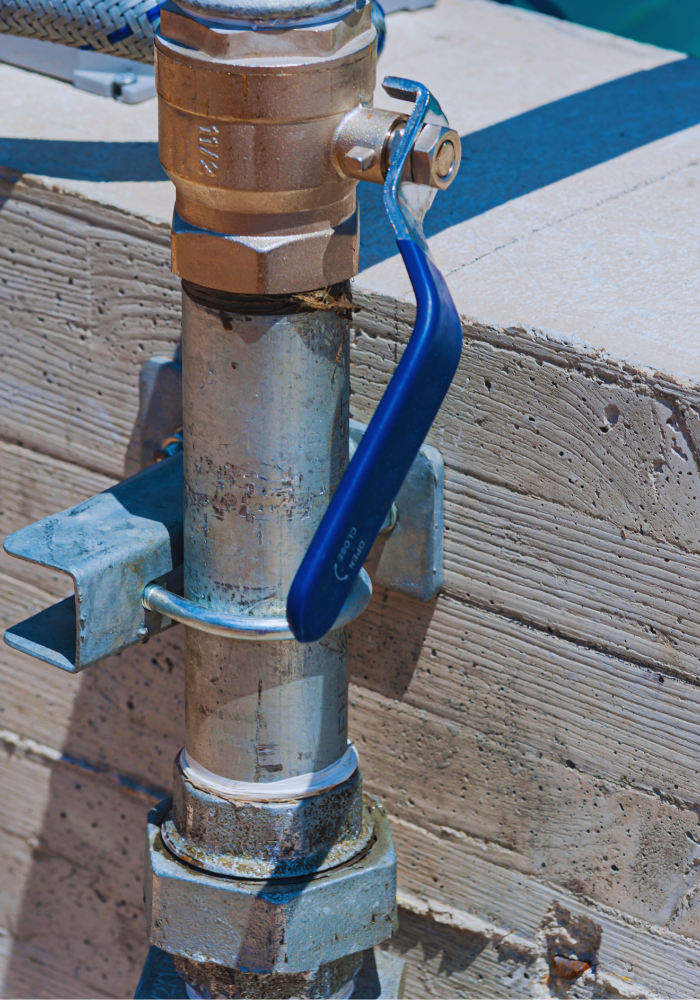 Your main water shut-off valve is going to be either a gate valve or a ball valve. Gate valves are usually found in older homes and consist of a circular handle connected to the valve’s body.
Your main water shut-off valve is going to be either a gate valve or a ball valve. Gate valves are usually found in older homes and consist of a circular handle connected to the valve’s body.
Turning the handle clockwise closes the gate and shuts off the water to your home, and turning it counterclockwise restores the water flow.
Ball valves are used in most homes now due to their durability compared to gate valves. A ball valve has a lever-style handle that moves a ball inside the valve to close it when it’s turned 90 degrees perpendicular to the water line. You can turn the valve back on by moving the handle parallel to the water line.
How to Turn Off the Main Water Shut-Off Valve in an Emergency
It’s important to know how to find your water shut-off valve and learn how to turn it off in case of an emergency. Ball valves are straightforward and usually easy to use, but gate valves can be a little tougher.
The handle can be difficult to turn, especially if it hasn’t been used often. Once you start turning it, it should turn relatively easily.
If you absolutely can’t turn it, call a plumber about repairing or replacing it. When you do turn off a gate valve, only turn the handle until the water is shut off; forcibly turning it until it can’t turn anymore could cause it to become stuck.
For the most part, it’s safe to turn your shut-off valve on and off as necessary, but you also need to know when shutting it off is necessary. It should always be shut off if you have a major leak to prevent damage to your home and to not waste too much water. It’s also helpful to turn your water off if you’re going to be away from home for an extended period of time.
How to Locate Secondary Shut-Off Valves for Appliances
If you have a problem with an appliance or plumbing fixture, you can and should shut off the water supply to it without turning off all the water in your home. You can do this by shutting off the secondary shut-off valves connected to your water line.
You can find these valves near appliances and plumbing fixtures such as sinks and toilets. You’ll be able to see them where the fixtures connect to the main water line, usually in cabinets or other out-of-the-way areas. To turn one off, simply turn the handle of the valve clockwise. You can turn the water back on by turning it the other way.
What to Do If You Can’t Find Your Shut-Off Valve
Every home is required to have a main water shut-off valve. If you can’t find yours, call a plumber for assistance.
How to Label and Maintain Your Water Shut-Off Valve
Labeling your main water shut-off valve will help you find it in an emergency. The best way to do this is to apply a brightly-colored waterproof tag to the handle itself, but you can also place a strip of brightly-colored waterproof tape on the pipe near the handle or write on the pipe with a permanent marker. As long as you can see it, you’ll be fine.
As for maintaining your shut-off valve, that is a simple matter of monitoring the valve itself. You can try turning the handle to make sure it moves smoothly, and be prepared to call a plumber to repair or replace a valve that is rusted in place, broken, or missing altogether.
Frequently Asked Questions
Where do I find my main water shut-off valve?
![]() In most homes, the main water shut-off valve is located in the basement or the crawlspace closest to where the main water line enters the house.
In most homes, the main water shut-off valve is located in the basement or the crawlspace closest to where the main water line enters the house.
It might also be found in the mechanical room or laundry room in homes with slab-on-grade construction. It is sometimes found outside of your home against an exterior wall.
When do I need to use my water shut-off valve?
You should shut off your water if you have a leak to prevent damage to your plumbing or the rest of your home. You can also shut off your water if you’re going to be away from home for an extended period of time.
What happens if I can’t find my main shut-off valve?
If you can’t find your main shut-off valve, call a plumber for assistance. You should also call if your valve is damaged, missing, or stuck.
Protect Your Home – Find and Label Your Water Shut-Off Valve Today
If you’re having trouble finding your main water shut-off valve or if you have any other serious plumbing issues in your home, the punctual plumbers at Benjamin Franklin Plumbing in Gainesville, FL will be happy to assist you. Call us today to learn more about our plumbing services.
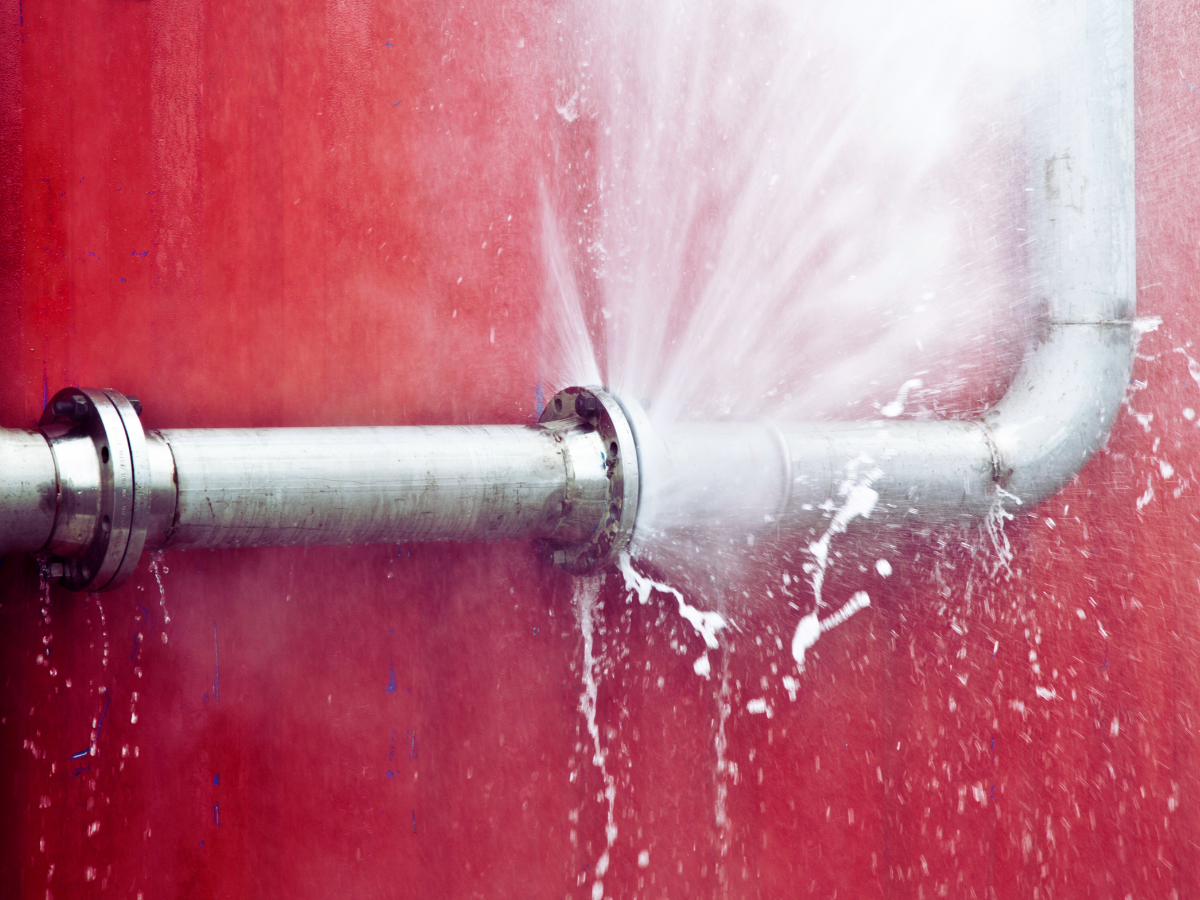 Steps to take when a Pipe burst
Steps to take when a Pipe burst It may seem that Gainesville and the surrounding areas are more prone to slab leaks than other areas of the country. But is this true?
It may seem that Gainesville and the surrounding areas are more prone to slab leaks than other areas of the country. But is this true? Slab leaks are notorious for going undetected. A slab leak may exist for months without being noticed.
Slab leaks are notorious for going undetected. A slab leak may exist for months without being noticed. If you live in Gainesville and the soil, water, and climate have caused a slab leak in your home, it’s vital that you repair the leak as soon as possible. Your health and the value of your home can depend on resolving this issue without delay.
If you live in Gainesville and the soil, water, and climate have caused a slab leak in your home, it’s vital that you repair the leak as soon as possible. Your health and the value of your home can depend on resolving this issue without delay.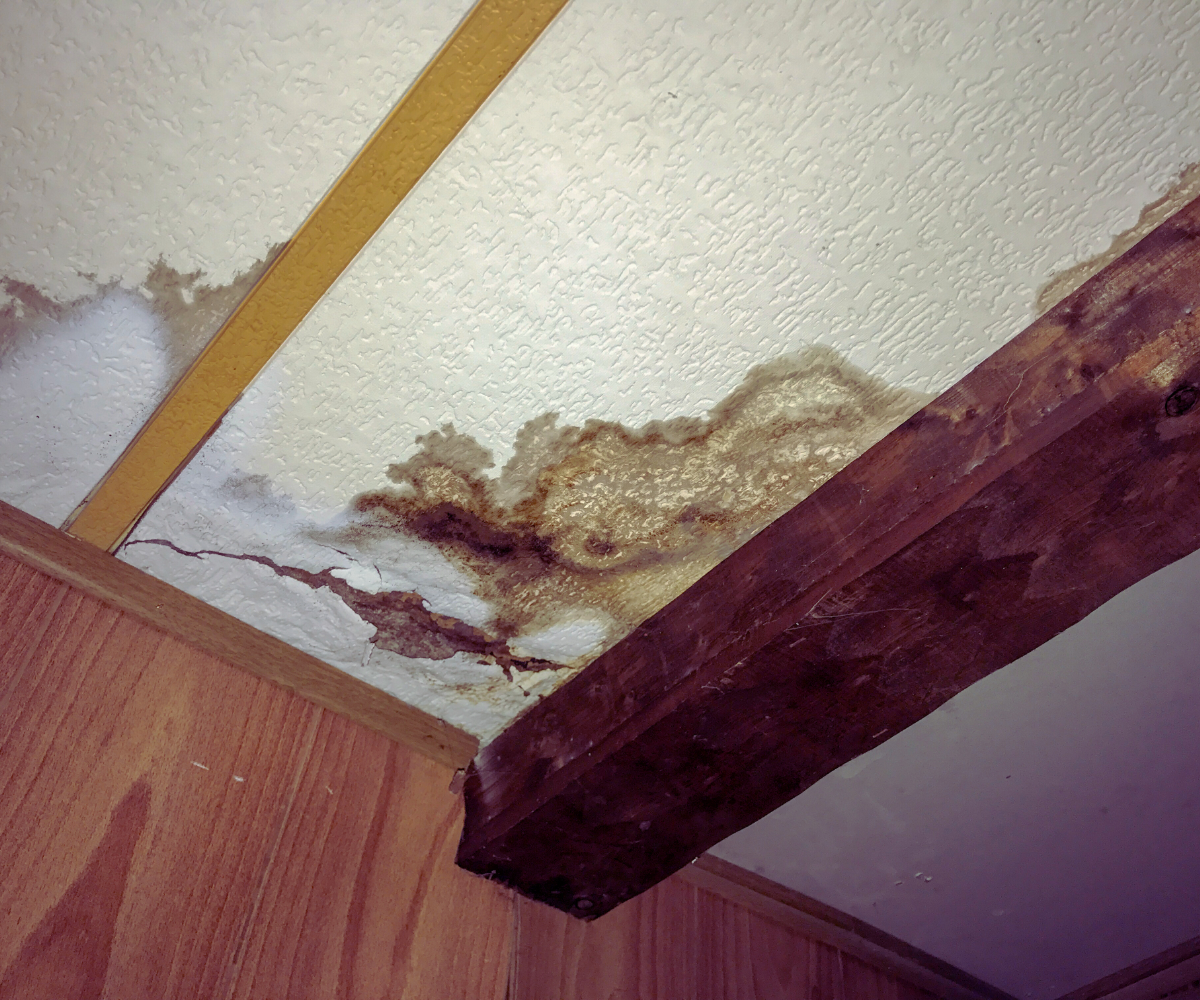 Plumbing leaks are common in U.S. homes. Studies show roughly
Plumbing leaks are common in U.S. homes. Studies show roughly  Signs of hidden water leaks can show up in several ways. Some of the most common include unusually high water bills, discoloration on walls or ceilings, and visible mold growth. Musty odors and buckled or warped flooring are also telltale signs of a hidden water leak.
Signs of hidden water leaks can show up in several ways. Some of the most common include unusually high water bills, discoloration on walls or ceilings, and visible mold growth. Musty odors and buckled or warped flooring are also telltale signs of a hidden water leak.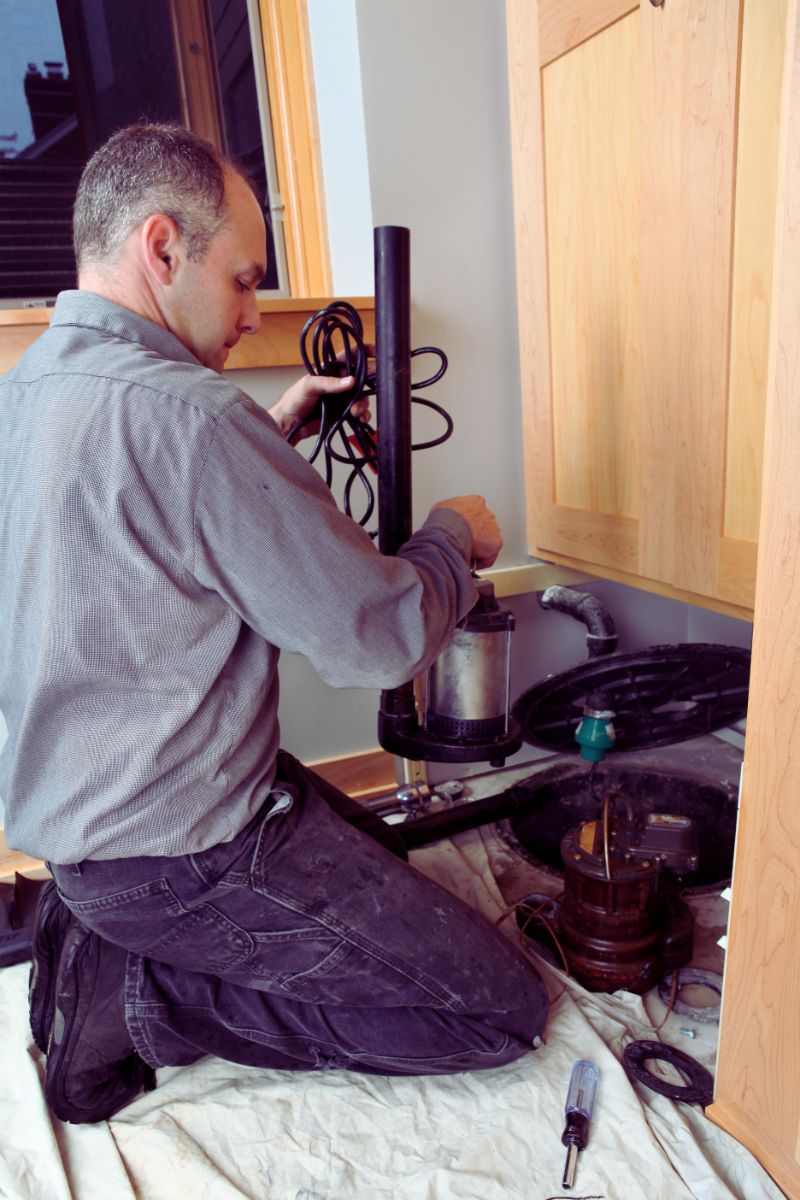 Your sump pump plays a crucial role in keeping your basement protected against flooding. And while some noise is quite normal, it shouldn’t sound like a construction site as it cycles on and off.
Your sump pump plays a crucial role in keeping your basement protected against flooding. And while some noise is quite normal, it shouldn’t sound like a construction site as it cycles on and off. Taking action now with proactive care will have your sump pump ready to operate efficiently and quietly during the next heavy rain or storm.
Taking action now with proactive care will have your sump pump ready to operate efficiently and quietly during the next heavy rain or storm. If you want a reliable and efficient sump pump, regular inspections and tests are a must. Here are a few steps you can take to prevent problems before they start.
If you want a reliable and efficient sump pump, regular inspections and tests are a must. Here are a few steps you can take to prevent problems before they start. Sewer lines are more important than most homeowners think. For reference, sewer lines are the underground pipes that move sewage and wastewater away from a home’s plumbing fixtures before sending it to a private septic tank or a municipal sewer system.
Sewer lines are more important than most homeowners think. For reference, sewer lines are the underground pipes that move sewage and wastewater away from a home’s plumbing fixtures before sending it to a private septic tank or a municipal sewer system. While sewer lines can last 50 to 100 years or more, the following can drastically shorten their lifespan:
While sewer lines can last 50 to 100 years or more, the following can drastically shorten their lifespan: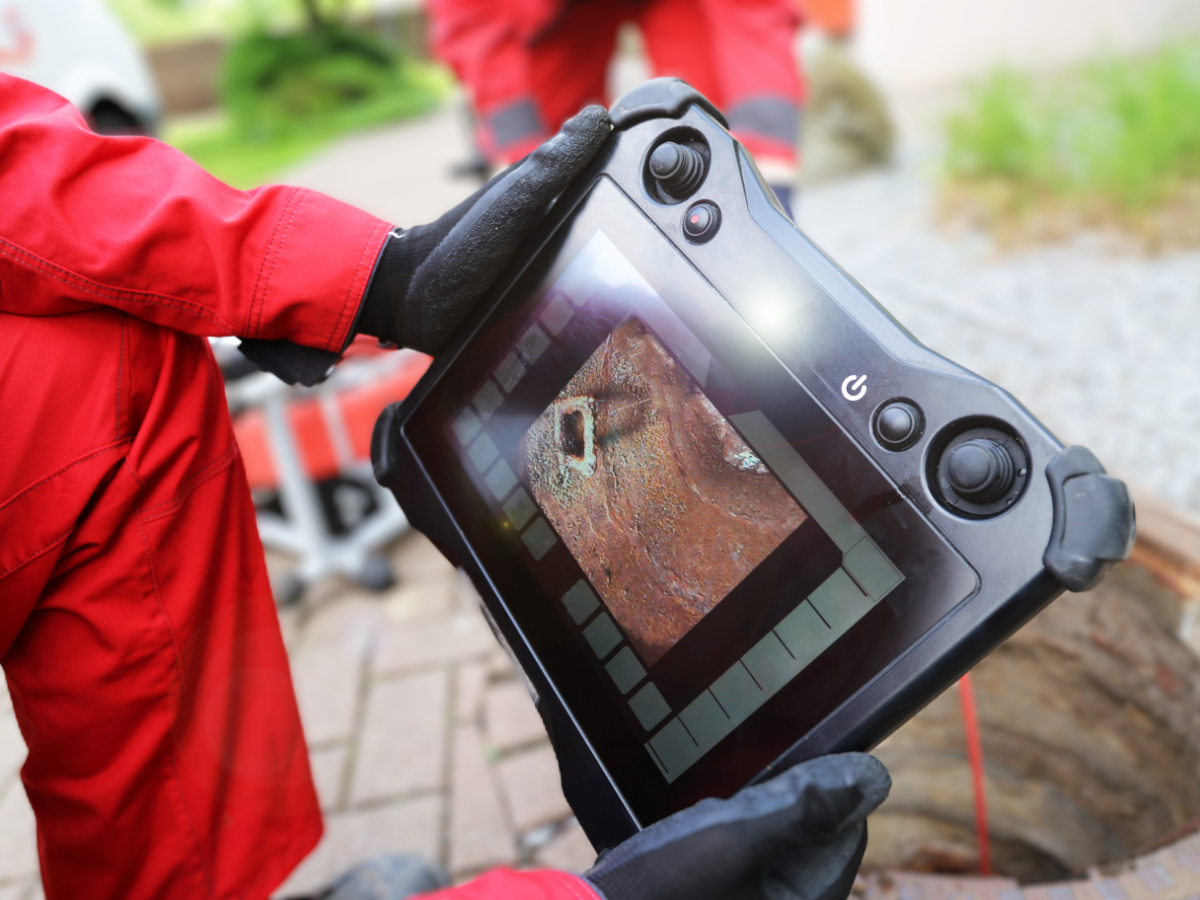 While it lurks in hiding most of the time, your sewer line plays a vital role in your home’s plumbing system. After water is used, sewer lines are responsible for removing wastewater from your home. If the pipe becomes damaged by corrosion, roots, age-related wear, or other kinds of damage, you’ll need to get it replaced.
While it lurks in hiding most of the time, your sewer line plays a vital role in your home’s plumbing system. After water is used, sewer lines are responsible for removing wastewater from your home. If the pipe becomes damaged by corrosion, roots, age-related wear, or other kinds of damage, you’ll need to get it replaced. Once you decide to perform a replacement, there are a few standard methods that you can use. One of our plumbers will review the best options for your situation before we begin working on your project.
Once you decide to perform a replacement, there are a few standard methods that you can use. One of our plumbers will review the best options for your situation before we begin working on your project.
